Investing in rental properties can be an excellent way to build long-term wealth and generate passive income. However, taking that first step into real estate investing can feel intimidating, especially if you’re new to the San Antonio market. This beginner’s guide will walk you through the key considerations and steps to get started on the right foot.
1. Understand Your Investment Goals
Before you start searching for properties, take time to define your “why” for investing. Are you looking to build a retirement nest egg, create passive income streams, or start a family real estate business? Your goals will influence what types of properties you target and your investment strategy.
2. Get Pre-Approved for Financing
Unless you can pay all cash, you’ll need to get pre-approved for a mortgage. Having a pre-approval letter gives you credibility with sellers and real estate agents. It also allows you to know your true price range and estimated mortgage payment.
3. Research San Antonio Neighborhoods
Location is critical when investing in real estate. Study neighborhood-level data like median rents, property values, occupancy rates, school ratings, future development plans, and crime rates. Fast-growing areas with strong employment and low crime tend to be safer bets.
4. Assess Your Time Commitment
Decide if you want to take a hands-on or hands-off approach to actively managing the property. If you plan to self-manage, understand the time commitment for tenant relations, maintenance, rent collection, and more. Otherwise, budget for a professional San Antonio property manager (typically 8-12% of collected rent).
5. Run the Numbers
Analyze potential investments using metrics like:
- Cash flow = rent proceeds after expenses like mortgage, taxes, insurance, repairs
- Cap rate = annual operating income / current property value
- Cash-on-cash return = annual cash flow / total cash invested
This analysis will confirm if a property can deliver your desired returns.
6. Account for Additional Costs
Don’t forget to factor renovation budgets, vacancy periods, lease-up costs for new properties, ongoing maintenance reserves, property management fees, and adequate insurance. These often surprise novice investors.
7. Start Small (If Needed)
Consider a more affordable entry point like a single-family home or small multifamily if working with limited funds. You can add force appreciation through smart renovations, build equity over time, then scale into larger properties.
8. Partner With Local Experts
Team up with a great realtor and/or property manager with investor experience in the San Antonio market. Lean on their area expertise to source good deals, run numbers accurately, and ensure you structure everything the right way from the start.
Real estate investing in San Antonio requires upfront analysis, but the potential rewards of cash flow and long-term appreciation make it an attractive passive income generator. By following these steps, you can confidently start building your San Antonio rental portfolio and wealth.
Interested in property management services to make managing your investments easier? Contact Rental Property Professionals today to learn more!




